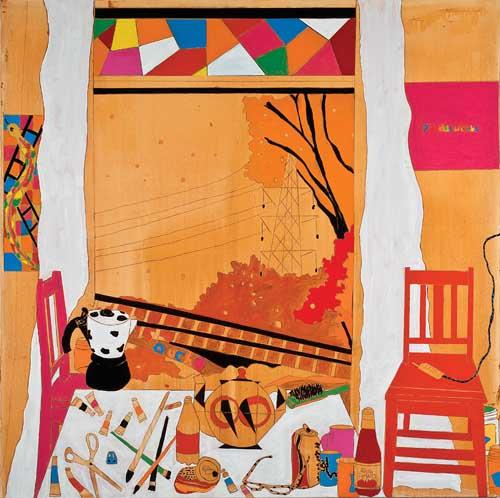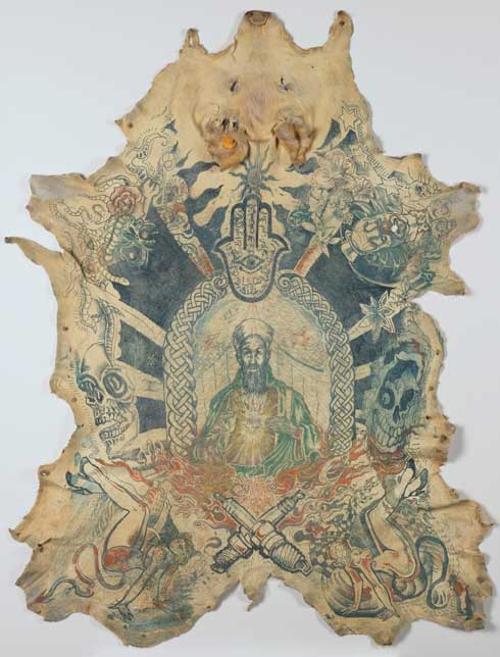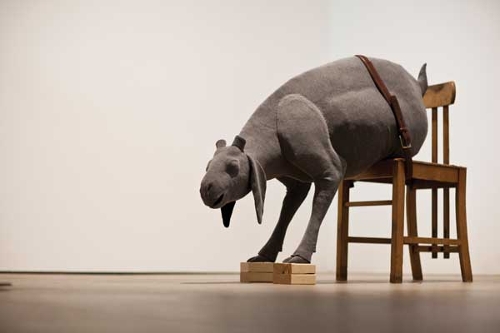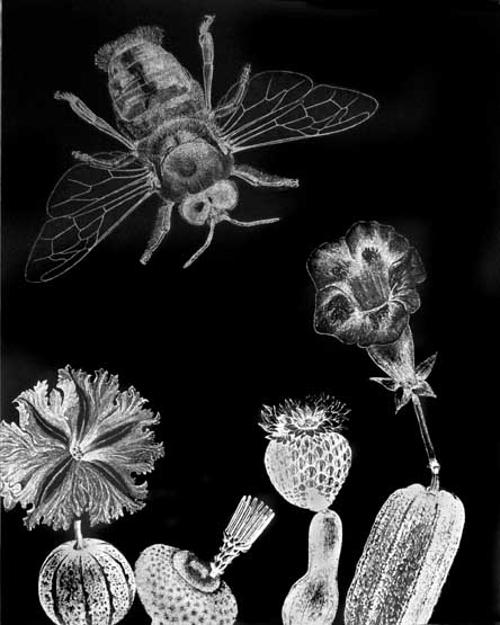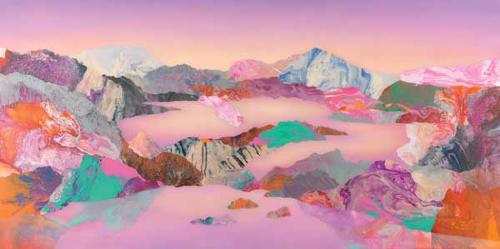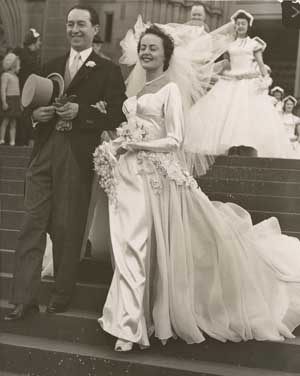
Bendigo Art Gallery's recent international exhibition program has been an unexpected and innovative success story in regional Victoria. The Golden Age of Couture: Paris & London 1947-1957 exhibition in 2008/2009 attracted over 75,000 visitors, brought more than nine million dollars into the region and increased patronage on regional rail lines. The success of the Bendigo experience is a concrete demonstration of what the creative industries can contribute to a local economy. If Australia is to move towards a service and knowledge economy rather than a manufacturing one, the Bendigo Art Gallery appears to have to have been a focussed success story.
Even more important than the regional social economics à la Richard Florida (author of The Rise of the Creative Class and Who’s Your City?) is the curatorial initiative of the Bendigo strategy. Exhibitions have been borrowed from major international collections including the National Portrait Gallery, London and George Eastman House, New York. Bendigo’s cosmopolitan cross-references extend the usually predictable gene pool of regional gallery curatorial ambitions. Extending from an existing collection strength in modernist art and design, many of the Bendigo loan exhibitions have traversed a space around design, style, media, popularity and glamour that is a live and constant presence in the twenty-first century, but is too conspicuously absent from the dour educative narratives of Australian public institutions, that are either about ratifying auction room league ladders or exploring frontier and post-colonial relations. The worlds of fame and celebrity are also frequent drivers of the success of the Bendigo exhibitions.
Moreover the visibly different and diverse demographics of gallery visitors to the standout Bendigo exhibitions says something about populations whom mainstream curatorial activities do not address. I had never seen so many wheel-chairs in one gallery space as in The White Wedding Dress, nor have I ever noticed so much chatter about parish and church politics amongst gallery visitors. This demographic, female and ageing, was particularly unique, as were the strongly personal and memory-driven reactions in loud conversations which grounded the international decorative art pieces in a suburban present.
This review is a collective tribute to all these international shows, as much as discussing the current iteration: The White Wedding Dress. Lightning does not strike twice and this exhibition whilst drawn from the collections of one of the greatest museums of decorative arts, the Victoria and Albert Museum, does not offer the same high level of vintage fashion excitement as The Golden Age of Couture. However this limitation is not due to curatorial lack, it reflects the narrow narrative behind the white wedding. There are basically perhaps three or four basic wedding dress types repeated down the decades: the meringue, the sheath/tulip, the shorter tutu style frock, the smart suit (read Wallis Simpson). Likewise there is only one woman on display, transgenerational across nearly two centuries, delicate, white, (both as a hue and as a racial classification) finely handworked and elaborately packaged. The occasional conscious subversions such as a red wedding dress and Dita Von Teese’s purple crinoline by Vivienne Westwood tend to confirm the dominant stereotype and the ongoing conservatism behind the fairytale and sugared delights. Delicate trousseau underwear reiterates the importance of woman as package in a highly visible sexual/social/legal exchange.
A looping series of videos not only highlighted famous twentieth century white weddings and pictured some of the dresses on static display actually being worn on live bodies, but also emphasised the ideological, political imperative of the white wedding, especially royal occasions. There was also a strange surreal moment as filmed by British Pathé of a peeping tom visibly caught on camera through a vaginal gap in the curtains behind a Molyneux fashion parade. The gallery signage informs us that the "wedding industry" is not a discovery of the late twentieth century - the first wedding
fair highlighting all the allied trades such as caterers and photographers as well as designers took place in London in 1881.
All the items on display were in impeccable condition and many were outstanding works of major designers, with an additional display of Australian items from the nineteenth century to the present chosen by the Bendigo staff. In terms of material practices and creative skills, the delicacy of surface and structure of work from anonymous, probably female, hands stood out in lacemaking, beading, embroidery, and flower-making in wax, paper and fabric.
The most remarkable garments were a complete groom’s outfit from 1871, one of the few male garments in the exhibition (as well as suits from a same sex dedication), Baba Beaton’s smoothly modernist 1930s dress, simultaneously streamlined and romantic, a beaded gown by Worth and a country woman’s printed cotton dress from c.1840. I was very surprised that I personally knew the original wearers/owners of at least five of the garments across both the Victoria and Albert and the Australian selections.

